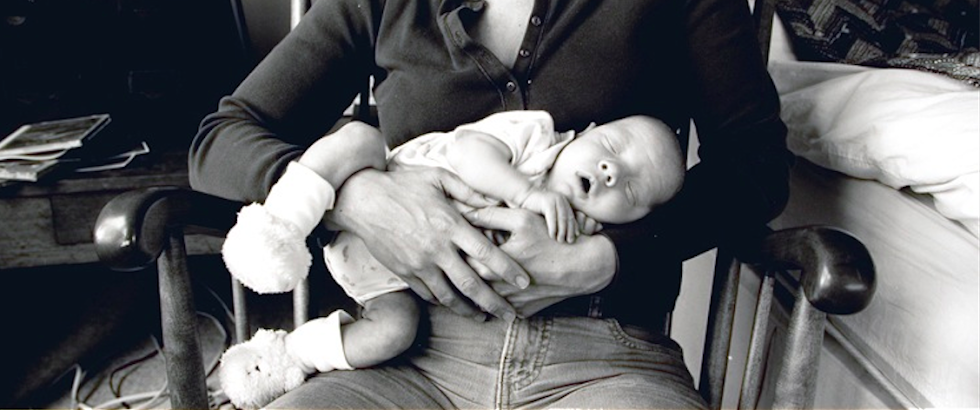Written by Julianna
Recently, I took the Greyhound bus down to the National Walk for Epilepsy in Washington, D.C. with a friend who also had epilepsy surgery last Spring. The walk was powerful—5,000 people marched wearing matching white and purple shirts. People in white were supporters and those in purple were people with epilepsy. So, my friend and I made it our mission to meet as many purple-shirted people as we could throughout the day. We approached a family that included a confident-looking seven-year-old, who was leading their caravan, and two parents hauling a three-year-old and a five-year-old in a double stroller. The three-year-old was staring into the distance. He was decked out in a purple shirt but probably had no semblance of what it all meant.
As we had been doing throughout the day, my friend and I approached the mother, introduced ourselves and asked about her son’s story. She explained that he had a severe epilepsy syndrome characterized by mixed seizure types and that the seizures had been so debilitating that he was left completely unable to speak. She asked about my story and I told her that I had had refractory epilepsy since I was born—I have had more than 1,000 complex partial seizures in my relatively short lifetime. Then her gaze intensified. Her son William also had complex partial seizures. She asked if I would tell her how it felt to have a complex partial seizure because William would never be able to tell her. This notion made me immediately tear up. This is what I explained:
The tragedy is two-fold. For me, like one-third of the people with epilepsy, medications and dietary therapy did not work to cure my seizures and I was left to be accosted by massive, dark strangers six to seven times a month. But the most tragic element of epilepsy is how it leaves people—kids like William—so vulnerable, so fragile and so helpless. Epilepsy is often an overlooked disorder largely because the public does not know its harm. I hope that this blog has illuminated the harm that it can do. Spread the word and help find a cure.
Please share.
Give to cure epilepsy: http://www.calvinscure.com
Recently, I took the Greyhound bus down to the National Walk for Epilepsy in Washington, D.C. with a friend who also had epilepsy surgery last Spring. The walk was powerful—5,000 people marched wearing matching white and purple shirts. People in white were supporters and those in purple were people with epilepsy. So, my friend and I made it our mission to meet as many purple-shirted people as we could throughout the day. We approached a family that included a confident-looking seven-year-old, who was leading their caravan, and two parents hauling a three-year-old and a five-year-old in a double stroller. The three-year-old was staring into the distance. He was decked out in a purple shirt but probably had no semblance of what it all meant.
As we had been doing throughout the day, my friend and I approached the mother, introduced ourselves and asked about her son’s story. She explained that he had a severe epilepsy syndrome characterized by mixed seizure types and that the seizures had been so debilitating that he was left completely unable to speak. She asked about my story and I told her that I had had refractory epilepsy since I was born—I have had more than 1,000 complex partial seizures in my relatively short lifetime. Then her gaze intensified. Her son William also had complex partial seizures. She asked if I would tell her how it felt to have a complex partial seizure because William would never be able to tell her. This notion made me immediately tear up. This is what I explained:
My seizures feel like an assault. They come quickly and unexpectedly. I feel the same sinking feeling in my chest that you feel on a roller coaster, but intensified. Everything is intensified during a seizure. Then I don’t feel like myself—literally—I feel like a different human. This may be the scariest phase of all because we attach so completely to our self-perception; it seems unfailing, unwavering and constant until a seizure hits. My vision goes white and I start to hallucinate. People are chasing me, usually a massive and dark figure approaching from the left. Running away in my mind feels exponentially scarier than anything I have experienced in my conscious life. And so I clench my fists, thinking “get me out, get me out, get me out.” For some reason, these basic instincts can override my otherwise unconscious and flailing mind. More adrenaline rushes through my body than anything that I have experienced otherwise. Although my seizures are only ten to thirty seconds, time extends during seizures; they seem to last forever. And then finally, with the most relief I ever feel, the seizure ends and my heart is left beating furiously.
Please share.
Give to cure epilepsy: http://www.calvinscure.com
 |
| from the graphic novel Epileptic by David B. |

No comments:
Post a Comment